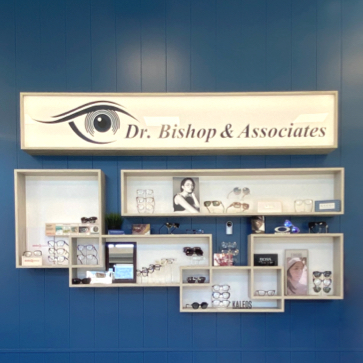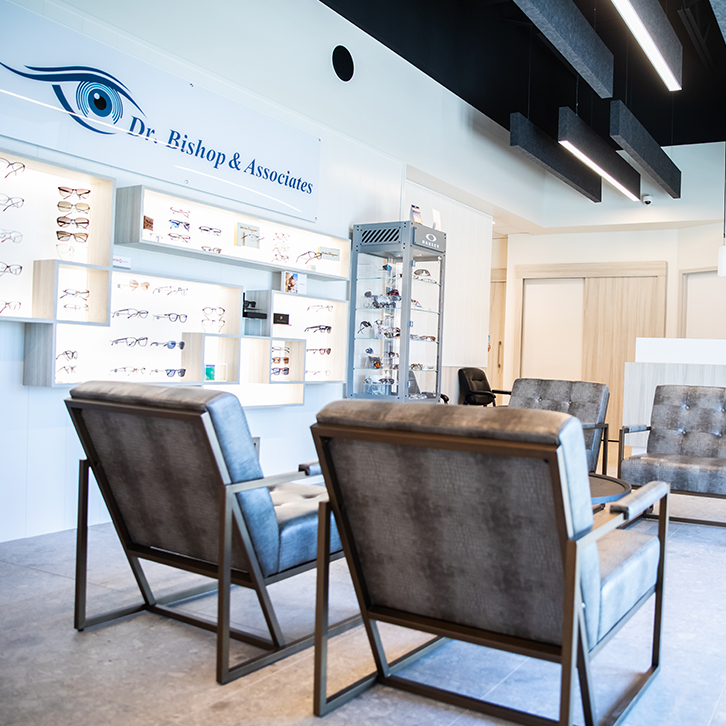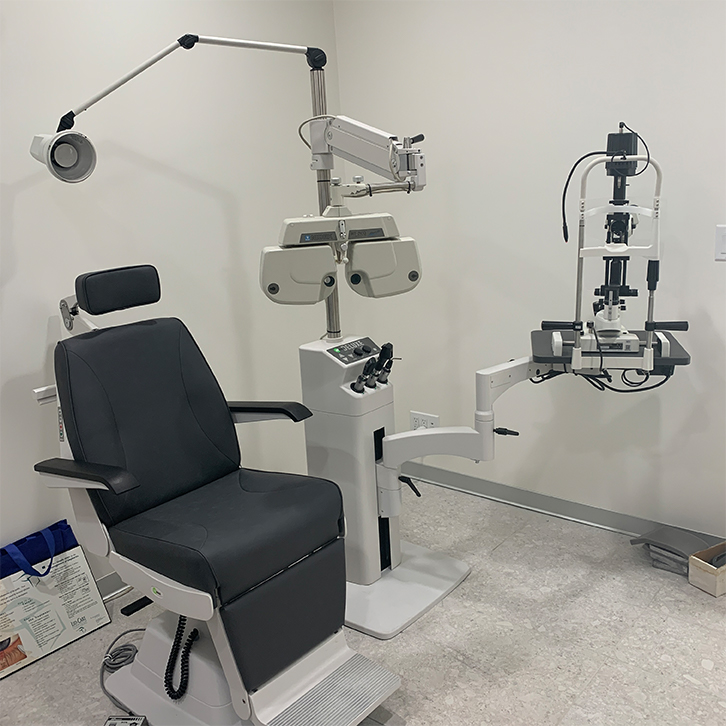What is a refraction test?
The human eye is a complicated subject and there are a lot of different components that go into optical health. At Dr. Bishop & Associates, we’re committed to giving our patients the best vision care we possibly can. Part of that care involves regular eye exams that make sure nothing has changed in your eye. To help you with the exam process, we’d like to let you know a little more about what goes on during your exam and why it’s important. When you come to visit us for an eye exam at our Calgary clinic, for example, one part of the process you should expect is a refraction test.
Which part of the eye exam is the refraction test?
The refraction test is the part that measures the way light refracts off your retina and is typically given towards the end of your eye exam. The point of it is to test your visual acuity. The basic principle of your eyesight is that light enters your eye through the pupil and hits the retina at the back of your eyeball where nerves register the light and transmit that information to be interpreted by your brain as objects and colours in the world. Your eye is able to contract or dilate the pupil to allow more or less light in and focus your vision at different distances from your face.
There are a few machines that can help measure visual acuity. Sometimes, all that will be required is for your optometrist to shine a light in your eyes and see the way your retina behaves. There are, however, new, more complicated machines that can take these measurements too. No matter which method your optometrist uses, he or she will probably also use the big, mask-like machine that compares different lenses over your eyes to make initial measurements more precise.
Why is a refraction test important?
The refraction test is the part of an eye exam that determines which prescription of eyeglasses you need. Normal eyesight is sometimes called “20/20.” If someone has 20/20 vision, it means that you can see at 20 feet what a normal person can see at 20 feet. If someone has 20/40 vision, however, it means that you can see at 20 feet what a normal person can see at 40. In other words, you see half as well as a normal person. Of course, we have more precise methods of describing eyesight these days, but the principle of the test remains the same: to determine the degree your eye deviates from what it should be.
At Dr. Bishop & Associates, we want all of our patients to understand the steps of their vision care so they can be in control of their optical health choices. To learn more about how you can protect your vision or to set up an appointment, contact us at our Calgary clinic today.



















